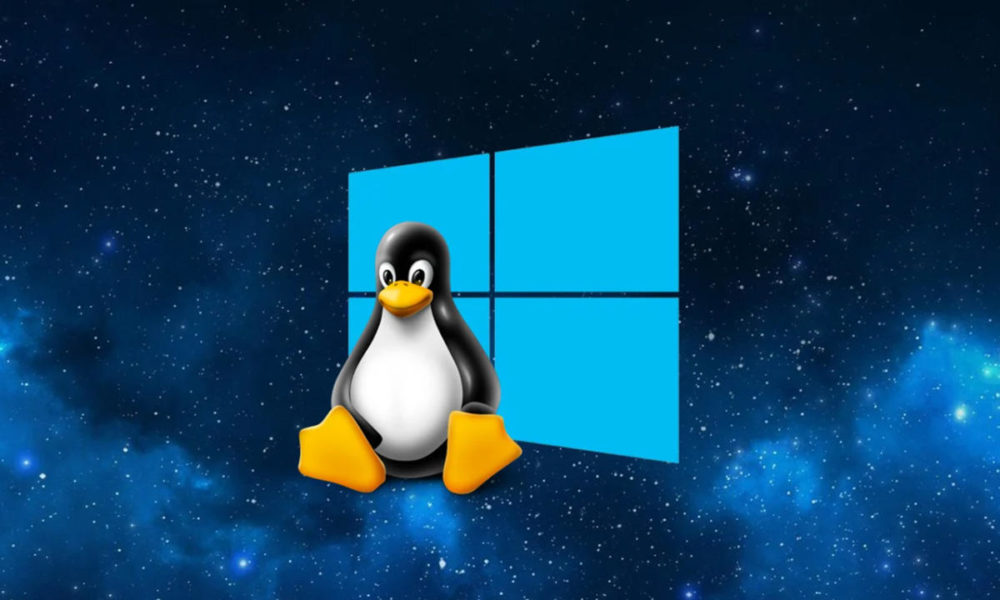Installing Linux on Windows using the Microsoft guide involves utilizing the Windows Subsystem for Linux (WSL), which allows users to run a Linux distribution alongside their Windows operating system. WSL provides a convenient way to access Linux tools, utilities, and development environments without the need for dual-booting or virtualization. Below are several key points outlining how to install Linux on Windows using the Microsoft guide:
1. Check System Requirements:
Before installing Linux on Windows, ensure that your system meets the minimum requirements for running the Windows Subsystem for Linux (WSL). Your system must be running a 64-bit version of Windows 10 (version 1903 or later) with the Windows Subsystem for Linux feature enabled. You can check your Windows version by opening the Settings app, navigating to System > About, and checking the "Windows specifications" section.
2. Enable WSL Feature:
To install Linux on Windows, you need to enable the Windows Subsystem for Linux feature in Windows. Open the Control Panel, navigate to "Programs" > "Programs and Features," and click on "Turn Windows features on or off." In the Windows Features dialog box, check the box next to "Windows Subsystem for Linux" and click "OK" to enable the feature. You may be prompted to restart your computer to apply the changes.
3. Install a Linux Distribution:
Once the Windows Subsystem for Linux feature is enabled, you can install a Linux distribution of your choice from the Microsoft Store. Open the Microsoft Store app, search for "Linux" or browse the available distributions, and select the Linux distribution you want to install (e.g., Ubuntu, Debian, Fedora). Click on the "Install" button to download and install the Linux distribution on your system.
4. Launch the Linux Distribution:
After the Linux distribution is installed, you can launch it from the Start menu or by typing its name in the Windows search bar. The first time you launch the Linux distribution, it will initialize and set up the Linux environment on your system. Follow the on-screen instructions to configure the initial setup, such as creating a user account and setting a password.
5. Update Package Repositories:
Once the Linux distribution is running, it's a good idea to update the package repositories to ensure that you have the latest software packages and security updates. Open the terminal or command line interface (CLI) in the Linux distribution and run the following command to update the package repositories:
sudo apt update
For distributions using a different package manager (e.g., yum for Fedora), use the appropriate command to update the package repositories.
6. Install Additional Software (Optional):
Depending on your requirements and preferences, you may want to install additional software packages and utilities in the Linux distribution. Use the package manager (e.g., apt for Ubuntu, yum for Fedora) to search for and install the desired software packages. For example, to install the Git version control system, you can run the following command:
sudo apt install git
Replace "git" with the name of the software package you want to install.
7. Explore Linux Environment:
Once you have installed Linux on Windows using the Microsoft guide, take some time to explore the Linux environment and familiarize yourself with its features, commands, and utilities. You can use the terminal or command line interface (CLI) to navigate the file system, run commands, and perform various tasks. Experiment with different Linux commands and utilities to learn more about how Linux works and how you can use it for development, scripting, and system administration tasks.
8. Customize Linux Environment (Optional):
You can customize the Linux environment to suit your preferences and workflow by configuring shell settings, installing additional software packages, and customizing the desktop environment (if applicable). Explore the available customization options and tools in the Linux distribution to personalize your Linux experience and make it more productive and enjoyable.
9. Access Windows Files and Resources:
One of the benefits of running Linux on Windows using WSL is the ability to access and interact with Windows files and resources from within the Linux environment. You can access your Windows files and directories from the Linux file system at /mnt/
In summary, installing Linux on Windows using the Microsoft guide is a straightforward process that involves enabling the Windows Subsystem for Linux feature, installing a Linux distribution from the Microsoft Store, and launching the Linux distribution to access the Linux environment. With WSL, you can run Linux alongside Windows, allowing you to leverage the power and flexibility of Linux tools and utilities while maintaining compatibility with the Windows operating system. By following the steps outlined above, you can set up and configure Linux on Windows to meet your development, testing, and experimentation needs.
